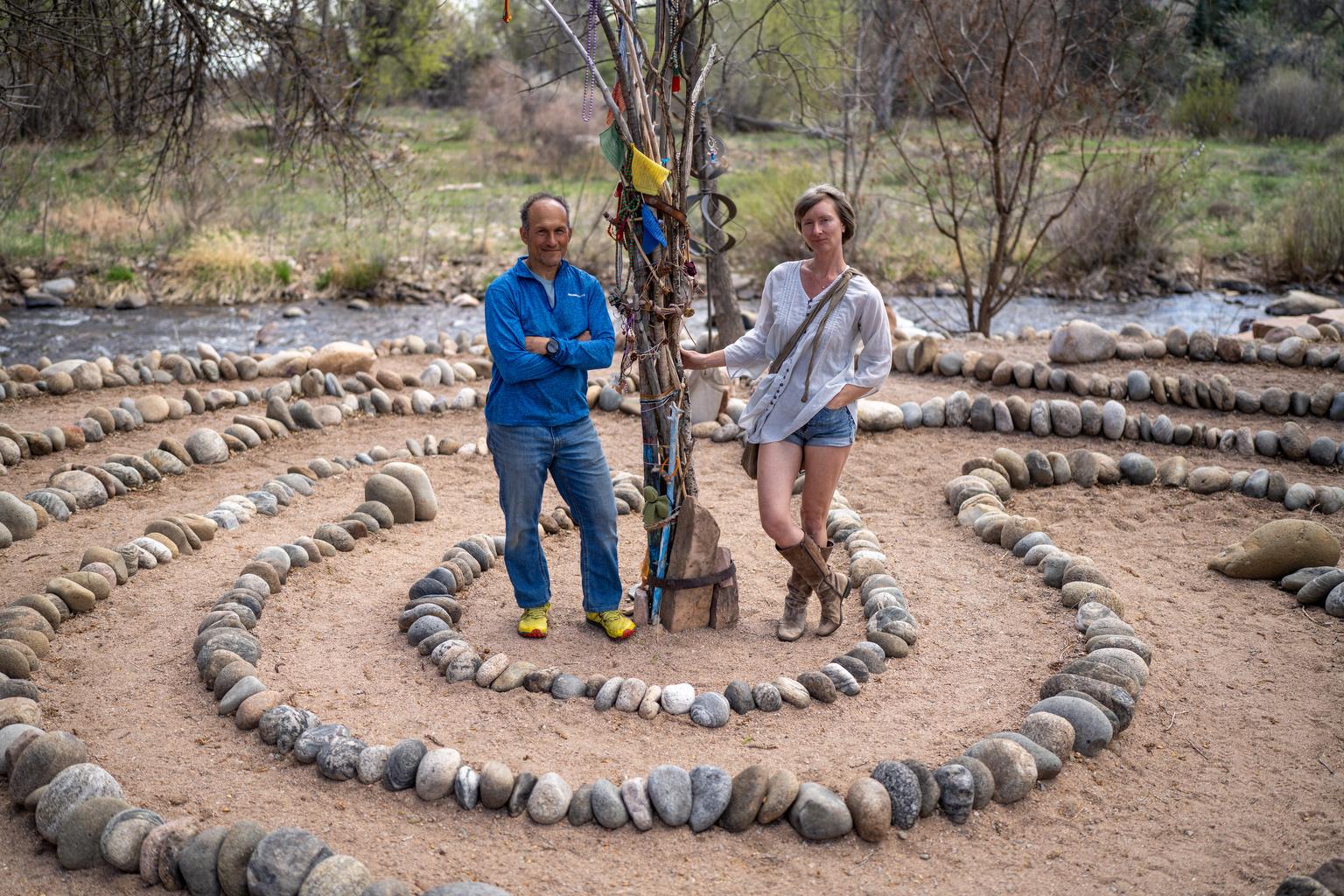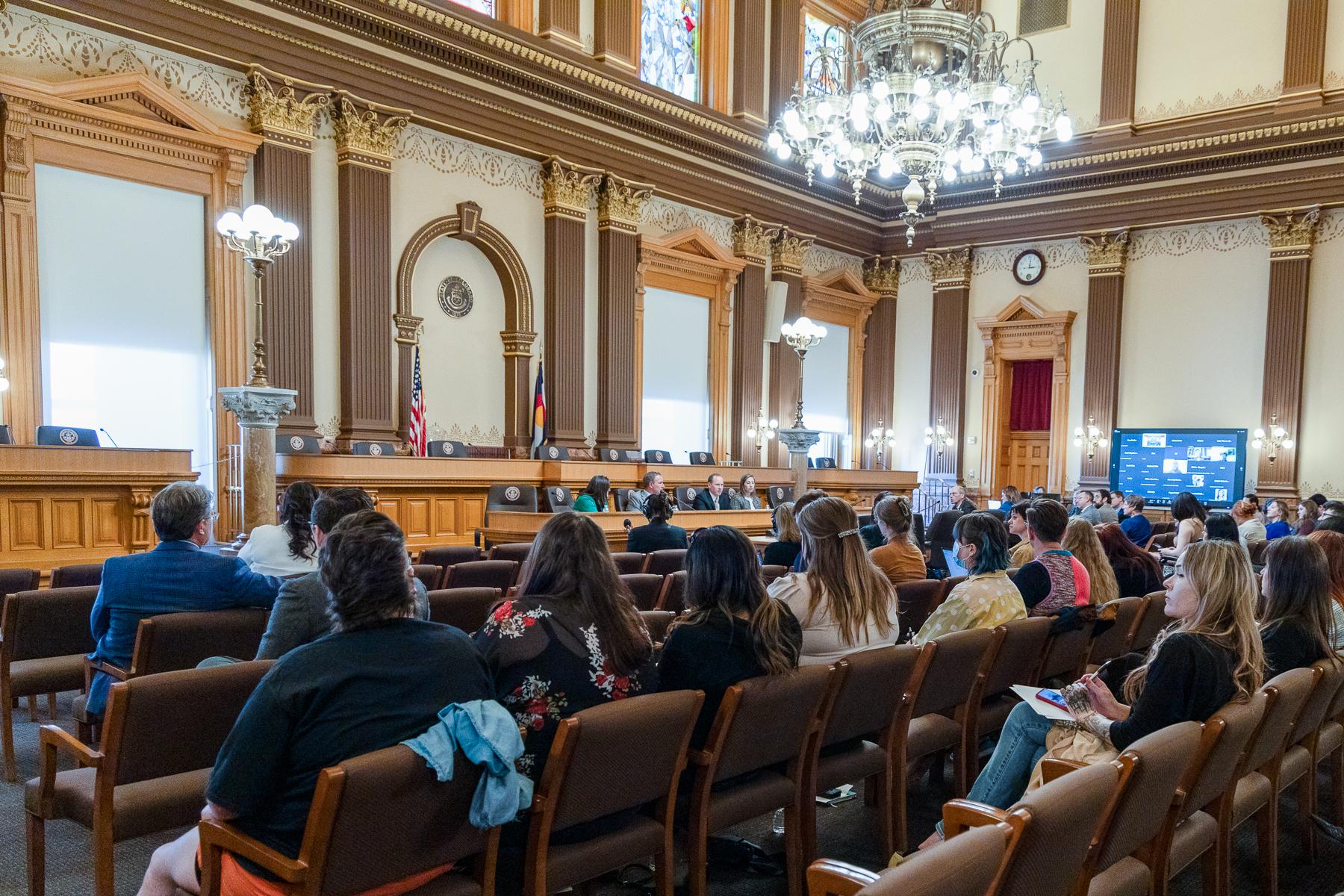
This interview originally aired Dec 15, 2014.
The hero of “On the Road,” Jack Kerouac’s groundbreaking 1957 novel, is a prolific car thief and charmer named Dean Moriarty. Kerouac based the character on his friend Neal Cassady, who grew up in a series of Denver flophouses in the 1930s. Cassady wasn’t a published author, but he did write long, confessional letters to his friends.
One of those letters, long thought to be missing, has resurfaced. Cassady wrote it to Kerouac in December 1950 and Kerouac later said it was the inspiration for “On the Road’s” spontaneous prose style. The letter was scheduled to be sold at auction on Dec. 17, but has been canceled amid a mire of legal claims.
Meanwhile, a new documentary about Neal Cassady, focusing on his life in Denver, will have its broadcast premiere on Dec. 22 on Colorado Public Television (Denver Channel 12). Director Heather Dalton spoke with "Colorado Matters'" Ryan Warner.
Interview Highlights
On the importance of the “Joan Anderson” letter:
“This is the holy grail of Beat culture. This is a letter is of such mythic proportions, that no one ever thought that this would be found. It was rumored to have been thrown off of a boat in Sausalito. It's major, major news sweeping the entire community."
On Cassady’s early life in Denver:
“There were a lot of people who would take advantage of a young child left to his own devices, in basically what was Denver’s skid row at the time. His father was an alcoholic who would work when he was sober, enough to keep them in and out of flophouses. His mother was emotionally absent with several other children to take care of. And so, Neal basically raised himself, but there was always a quest for knowledge, a quest for betterment. He spent a lot of time at the Denver Public Library. He wanted to advance himself, and even at a young age, I think he recognized that the written word was going to be his savior."
On what Cassady and Kerouac saw in each other:
“From what I understand of Kerouac, he was obviously a brilliant man but very shy. And Cassady was life on fire. [Together], they were fire and ice. They both saw in each other what they wanted to be but couldn’t actualize. Whereas Cassady was the living embodiment of electricity, Kerouac was the intelligence and the grace and the quiet fortitude that he lacked. So they were kind of drawn together like magnets.”








